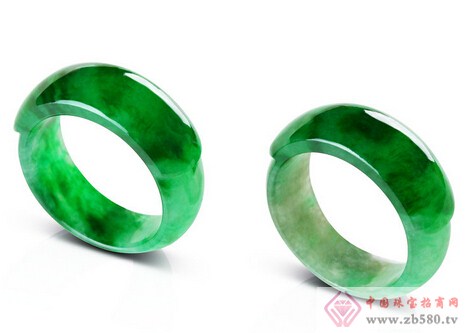The jade market has been changing, the price is high, and even the wealthy class has invested heavily in gambling, but for ordinary collectors, jade is closer to the essence of play, accessories and value preservation. Like all collectibles, after the jade is at a high price, the market will be chaotic, and shoddy is a common practice. Jade falsification is not uncommon, and the endless falsification method is more difficult to identify. However, there are four kinds of natural “Li Gui†on the jade market. There is almost no need for chemical or physical modification. From the appearance, color and head, it is almost the same as the high-grade jade. Even the senior collectors can’t distinguish it, but from In terms of the composition of mineral elements, almost no jade is counted, and once the collector is fooled, the loss is huge.

The "Four Li Ge" in the jade market is what the industry calls "water foam", "tumbler", "Quin" and "Mozhi". Although the "Four Great Killers" have similar faces to the jade, the Yude and the jade are very different from the noble jade. They are not considered to be jade in the jade trade industry, and their value is much lower than that of jade. In general, these four "li ghosts" are from the China-Burma border.
"Water Mop" is the first "Li Gui" of jadeite. It looks like a good kind of ice jade. It contains more stone or white cotton inside. It seems that there is a lot of foam in the water, but it is not obvious under the magnifying glass. Cui sex. "Water foam" is actually a sodium feldspar composed of albite as the main mineral. Although the main mineral composition is albite, the "water foam" may contain a certain amount of pyroxene minerals or amphibole minerals, and the pyroxene minerals may be soda feldspar pyroxene and diopside, amphibole minerals. It may be magnesium sodium iron amphibole, magnesium sodium calcium amphibole, siliceous amphibole, tremolite or actinolite. There is still a big gap between the "water foam" and the "yude" described in the ancient Chinese Yude theory, such as boring, more brittle, and less tough, so it cannot be called jade.
"Tumbler" and "Quinyu" are listed in the second and third places of the jade "Li Gui". They are transliterations of place names. The water-calcium aluminum garnet "tumbler" is called "water calcium aluminum garnet jade" by some scholars. "Qinghai Cui" in Qinghai, China, and "Dranxiwa Jade" in South Africa are all such ingredients, which are often sold as jadeite. Another kind of chalcedony or opal "tumbler" is called "chalcedony opal jade" by some scholars. The green chalcedony produced in Myanmar and the green yellow dragon jade in the Longling area of ​​Yunnan are also such ingredients, which are often impersonated by some unscrupulous businessmen. Jade enters the market. But in fact, no matter whether the popular "tumbler" component in the market is water calcium aluminum garnet or chalcedony or opal, it does not meet the description of ancient Yude, of course, can not be named "jade." The “Quinyu†ore looks like a water stone, mostly grayish green, with a good head. When cut open, it shows a cyan strip pattern with more impurities. “Quinyu†is called “soft jade†by some scholars, and its market value is much lower than that of jade. In fact, according to its main composition of mineral components, "Quinyu" belongs to amphibole, which can be classified into a broad class of nephrite.
"Mozhi Stain", also known as "Mozi Stone", is the fourth-ranked jadeite "Li Gui" in the rivers and lakes. It is produced in Myanmar and is common in the Yunnan border. It is a gray-green, water-poor ore. Due to the deep color, "Moss stains" are often made into thin pieces of jewelry to increase light transmission. It can be seen from the “Mo Moss†that the jewellery industry is called “Mozi Stoneâ€. Most of the “Moss stains†are still not up to the jade level, and certainly cannot be called “Jadeâ€. However, there are also a few high-quality varieties of water in the "Mozi Stone", which meets the standard of jade and can be called "Jadeite" or "Sodium Chromium Pyroxene Jade". When the head and jade of "Moe Stain" reach the standard of jade so that it can be called "Jade" or "Sodium Chromium Gemstone Jade", it pretends to be the "dry green" jade.
It is worth mentioning that the four ores are intrinsically rewarding, but there is still something to appreciate, but as the jade "Li Gui", it is particularly hateful.
Leather Tube Box,Custom Tube Packaging,Lotion Tube Packaging,Takeaway Packaging Boxes
Shenzhen Yi Ding Peng Packaging Design Co., Ltd. , https://www.ydppackaging.com